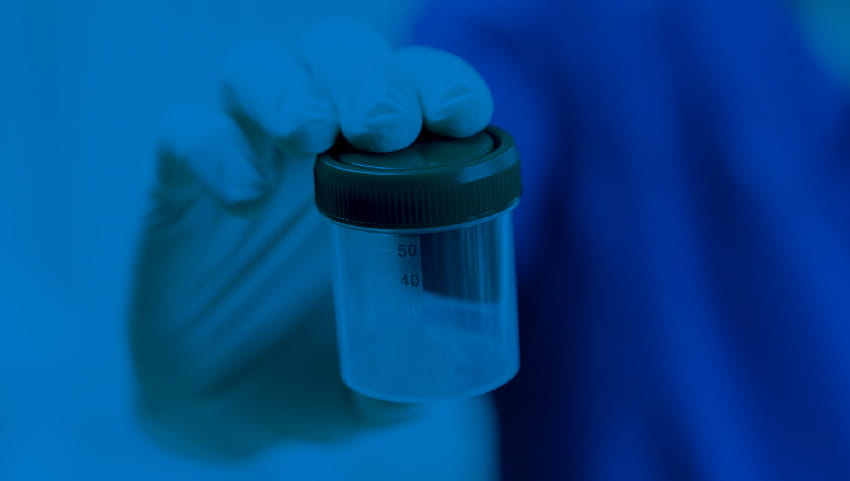Article

Urine drug testing is a valuable tool that provides insight to providers regarding their patients’ medical needs. Specifically, their patients’ compliance with their prescribed medications as well as critically relevant information regarding use of non-prescribed medications and illicit drugs. Providers use this information to objectively identify their patients’ use of prescribed medication, non-prescribed medication, and/or illicit drugs that are dangerous and not consistent with the patient’s prescribed treatment plan. Urine Drug Testing is used to determine when the patient is engaging in medication misuse and is at risk for substance use disorder or adverse or potentially life-threatening events.
When conducting a urine drug test, here are four key steps to follow:
Order or perform screening (i.e.: presumptive) tests before ordering confirmation (i.e.: definitive, quantitative, or “directed assay”) tests, unless no screening test is commercially available.
Note: Screening should only be performed by one provider on any given date of service.
Order confirmation tests only for:
It is important to note that recently published payer policies and reimbursement practices are questioning the need for confirmations of negative test results from in-office urine drug testing using Point of Care Test (POCT) devices or analyzers.
Referencing Medicare’s official policy as a guide:
“Although there is currently not a specific companion Local Coverage Determination (LCD) on quantitative drug testing, there should typically be a direct correlation between those positive findings generated from initial qualitative testing and those requested quantitative tests to specifically confirm such qualitative findings.”
Additionally, Medicare does not cover drug screening for medico-legal purposes, such as a court-ordered drug screening, or for employment purposes, such as a prerequisite for employment or as a requirement for the continuation of employment.
When it comes to other private payer policies, quantitative (i.e., confirmatory) urine drug testing in the pain management or substance abuse setting may be considered medically necessary under the following circumstances:
Quantitative urine drug testing is considered medically necessary when all the following criteria are met:
Note: For clinical policy information related to Urine Drug Test (UDT), please refer to the specific policies published by the payers served in your practice.
Payors require documentation of the medical necessity for every CLIA waived test performed in their office and every test ordered from an outside laboratory for each date of service regardless of an office visit.
Documentation must address and include:
As mentioned in the bullet above, providers must review test results and document an action plan in the patient record. This is the final key step in the process of responsible urine drug testing.
When results are not reviewed, the payor will question whether the tests ordered were really necessary in the first place. Payors can and will recoup or take back payments from providers who cannot provide complete documentation of the medical necessity for ordering or performing every test!
As a CAP-accredited, SAMHSA-certified New York State licensed and CLIA-licensed laboratory, DRUGSCAN is dedicated to helping you make crucial decisions that affect the health and safety of your patients or employees with increased confidence. We provide prescription drug and substance use recovery monitoring, specialized drug testing, and workplace drug testing, screening and program management services to clients in 48 states.
Learn More About Our Toxicology Services
Contact us with questions about how to get started with DRUGSCAN’s comprehensive toxicology testing options.